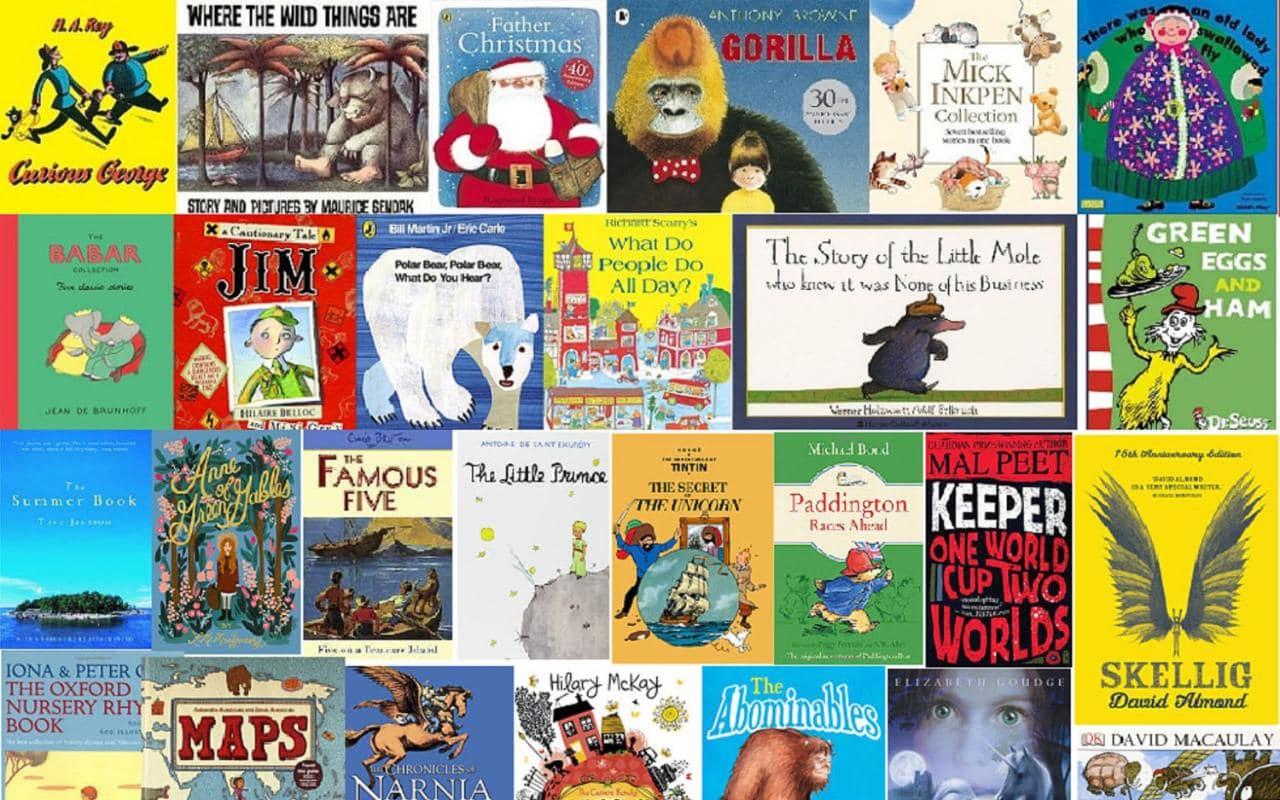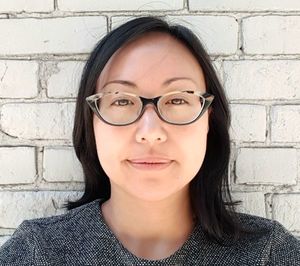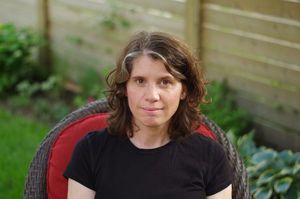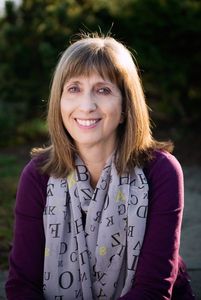Chatting With Editors Who Make It Happen - Part One
By Susan Hughes
Welcome to autumn and the return of my Kid Can lit blog! Because to me, September is a time to look forward to new beginnings, especially new writing projects, I decided to chat with some of the amazing editors which help make it all happen in the publishing world of children’s books. So please say hello to Patricia Ocampo of Simon and Schuster, Jennifer Stokes of Kids Can Press, and Sarah Harvey of Orca. I know you’ll find their insights into publishing helpful and their enthusiasm for kid lit contagious.
Susan:
Thank you all for joining me! First of all, could you each please briefly summarize your role at your respective companies?
Patricia:
I am Managing Editor and Children’s Book Editor at Simon and Schuster Canada. As managing editor, I shepherd all of our books through the production process, keeping them on schedule through each stage—editorial, design, and production—and within budget. As children’s book editor, I acquire and edit children’s and young adult books.
Jennifer:
As an editor at Kids Can Press, I develop books from conception to editing and art direction, and through to production. Every day, I get to work with hugely talented people — authors, illustrators, designers and other in-house staff — to create books of all genres for children of all ages.
Sarah:
My job title is Senior Editor. I acquire and edit YA fiction and middle-grade non-fiction. I also develop non-fiction series ideas and find authors to write for those series, which I also edit.
Susan:
What forms of children’s manuscripts do you yourself read as submissions, and what are the elements that make a manuscript stand out to you?
Patricia:
I will consider any submission from board books to young adult, but my wheelhouse is middle-grade fiction. I am easily bored, and my biggest pet peeve in storytelling is predictability, so it should come as no surprise that I love manuscripts that surprise me. There may be no new stories, but there are always new ways to tell them. As for word count, I don’t pay attention to it at submission, but the moment the story drags or feels clipped, I assume the writer doesn’t know children’s literature enough to know what works for their target readership.
Jennifer:
I read and edit all genres, though most of my experience lies with picture books. Most editors can recognize a manuscript that has potential pretty quickly, whether it’s a picture book, a chapter book or non-fiction. I don’t have to read very far before my interest is piqued — or not! For picture books, it’s a few lines in. For chapter books, it usually only takes a couple of pages. If I’m still reading with enthusiasm after that point, and I find the topic timely or intriguing, the manuscript has promise. And word count does matter — experience tells us that text-heavy books don’t do as well. We like to keep our picture books, for example, under one thousand words.
Sarah:
I read YA fiction submissions, some middle grade fiction and all non-fiction proposals. The elements that make a manuscript stand out to me are: first and foremost, the quality of the writing (with voice being one of the most important elements), originality (I love to be surprised), understanding of the audience and emotional connection. Word count is a guideline in standalone fiction—if a brilliant book runs long, I can live with that. Verbosity, not so much. Word counts are much more critical for non-fiction, but if a proposal is fantastic, I’ll work with the author to get the word count under control.
Susan:
Can you chat to me a bit about how the process of how you acquire a book?
Your CanLit News
Subscribe to Open Book’s newsletter to get local book events, literary content, writing tips, and more in your inbox
Patricia:
At other houses an editor will take a project to the editorial board (just the editors) and then to the publishing board (key people from every department). I am the only editor at S&S Canada who reads kidlit, so when I am excited about a manuscript, I first share it with kidlit experts from sales, marketing, and publicity. It’s like having a mini children’s publishing board. If I receive good feedback, I will then pitch it to the editorial director and publisher. If they think it could work, we discuss what to offer, and I make the offer.
Jennifer:
For me, it absolutely begins with reading the manuscript and deciding I’m behind it. I then usually work with the author for a bit before showing it to anyone else. This way, I’m able to assess whether or not the author is open to revisions, and also whether we have the same vision for the book. If this process goes well, and if the editorial director is also on board with the project, then I’ll bring it to an acquisitions meeting.
Sarah:
For fiction, I read a submission (usually a few chapters) and, if I love it, I will ask to see the complete manuscript. If If still love it after I’ve read the entire thing, I pitch it to our editorial board (who will usually read at least a few chapters before the meeting). If they agree that it’s a good fit for our list, we sign it, then we decide when it will be published and I start the editorial process about a year and a half before publication. With non-fiction, I take solid proposals to the board and if we’re interested, I ask for sample chapters and go through the same process as fiction.
Susan:
What is an editorial board at your company and what happens behind the closed doors of an editorial board acquisition meeting? How many manuscripts does your company (and you yourself) accept per year?
Patricia:
Whoa, this really is an open book! Okay, here our secrets: The editorial board meets weekly to discuss the status of submissions and brainstorm book ideas. Conversations about submissions happen more organically. When we receive a submission we email it to the editorial team and assign a second reader (in my case, as noted above, I alert the editors about the submission but ask my group of kidlit readers to read along). The readers then share feedback via email, and we all weigh in with context and/or suggestions on how to make it work. First consideration: Is the premise interesting and original? Second: Is it written well, and if it isn’t, are there indications the writer is willing to work hard and improve? These two considerations are equally important. Third: Is it the right time to publish this book and are we the right publisher for it?
Jennifer:
We publish around forty titles a year. The editorial board at KCP consists of six people who represent all aspects of book publishing — the president, the associate publisher, the editorial director and the directors of sales, marketing and rights — and they speak to their areas of expertise. I pitch a manuscript or, in the case of non-fiction, a book proposal to the board (who will, of course, have read it in advance) and explain why I think it has merit. I will have done my research: we discuss how the book would be positioned on our list, what features would help us to market the book, what competitive titles are already out there in the market and, in the case of non-fiction, whether the manuscript has strong ties to school curriculums. We also take the creator into account. Have we worked successfully with him or her before? Is it a new talent we want to develop? And, of course, we ask ourselves the all-important question: would a kid want to read this book?
Sarah:
At our board meetings, editors pitch submissions that they feel are worthy of support. We have spirited discussions, taking into account an author’s history (Orca author? Debut author? Published author? Is the book marketable? Is it time-sensitive? Has it been done before? Does it demonstrate inclusivity? Will it have longevity? Is the author able/willing to market the book effectively?) We publish about 75 titles a year—but it’s hard to say how many books we accept in any given year. I can tell you that we publish less than 1 percent of submissions.
Stay tuned for Part Two in October...
The views expressed by Open Book columnists are those held by the authors and do not necessarily reflect the views of Open Book.
Susan Hughes is an award-winning author of children's books — both fiction and non-fiction — including The Island Horse, Off to Class, Case Closed?, No Girls Allowed and Earth to Audrey. She is also an editor, journalist and manuscript evaluator. Susan lives in Toronto. Visit her website, www.susanhughes.ca.







